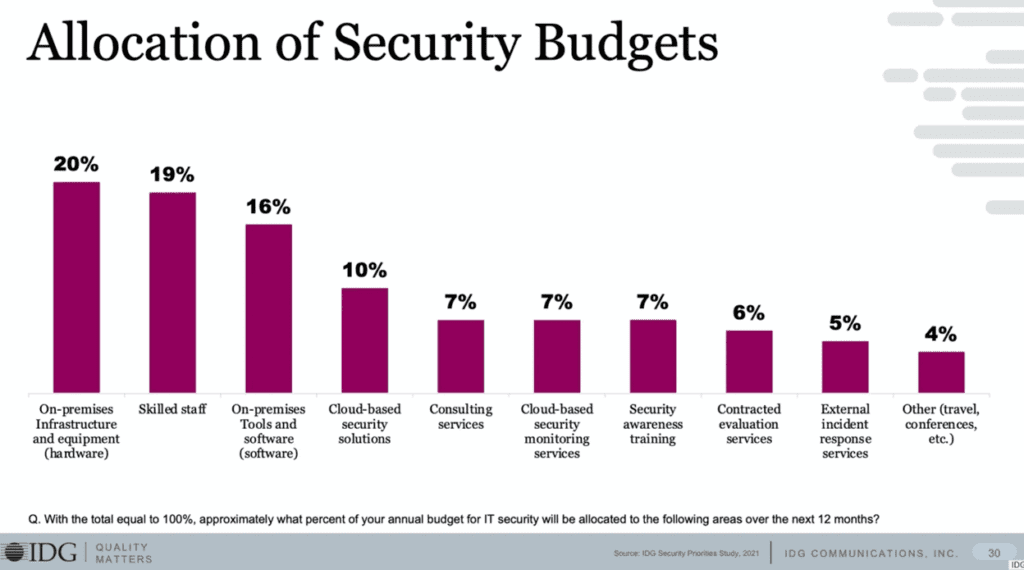Chris (moderator): Melissa brings up this topic of backup segmentation and the time it takes to restore. It’s important to set expectations for risk managers and business leaders. Even if you have solid backups, and you have backups for the last, say, 10 years of your ERP system, that will take weeks if not months to restore. What you want to do is say “OK, we need last week’s data for sure, because that’s what we’re going to work on this week.” Then, keep a safe, immutable (unencryptable) copy of last week’s content, so that in the event of a crisis, you can quickly restore this small data set to get your finance and accounting back online with the data that they really need to transact right now.
Bill (CIO): Right, you can’t restore everything at once. In my experience, we went through a process where we did a risk assessment of every system, every service, and we sat down with the business owners of each and prioritized.Now the first response is that everybody says, “I need my stuff immediately.” But the reality is they don’t, and you must prioritize so that when you get into that event, you know the most critical systems to get operational, and to what degree. I’ll say it was an arduous process, but it also helped establish recovery point objectives and recovery time objectives for each system and service.
Chris (moderator): Thank you, Bill, and without a prioritized restoration, every business manager who wants their system back will bang on the CIO’s phone to get them all back, distracting the response team from the real work.




